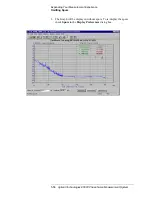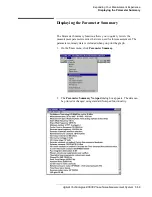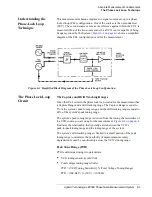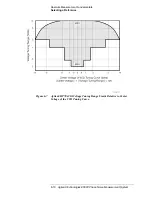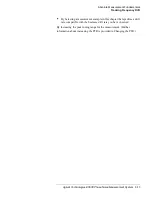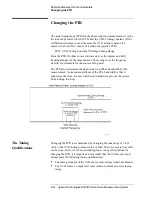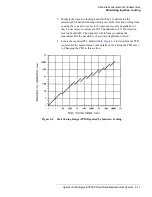
6-8
Agilent Technologies E5500 Phase Noise Measurement System
Absolute Measurement Fundamentals
Selecting a Reference
Selecting a Reference
Selecting an appropriate reference source is critical when you are making a
phase noise measurement using the phase lock loop technique. The key to
selecting a reference source is to compare the noise level of the reference
with the expected noise level of the unit-under-test (UUT). In general, the
lower the reference source’s noise level is below the expected noise level of
the UUT the better. (Keep in mind that you only need to be concerned about
the reference source’s noise level within the frequency offset range over
which you plan to measure the UUT.)
As shown by the graph in
, the further the reference source’s noise
level is below the noise level of the UUT, the less the reference source’s
noise will contribute to the measurement results.
Figure 6-6
Increase in Measured Noise As UUT Noise Approaches Reference Noise
Using a Similar Device
The test system performs best when you are able to use a device similar to
the UUT as the reference source for your PLL measurement. Of course one
of the devices must be capable of being voltage tuned by the system to do
this.
To select a similar device for use as the reference source, you must establish
that the noise level of the reference source device is adequate to measure
your UUT. The Three Source Comparison technique enables you to
establish the actual noise levels of three comparable devices when two
devices are available in addition to the UUT.
If only one device is available in addition to the UUT, you can perform the
Phase Noise Using a Phase Locked Loop Measurement using these two
devices and know that the noise level of each of the devices is at least as
good as the measured results. (The measured results will represent the sum
of the noise of both devices.)


